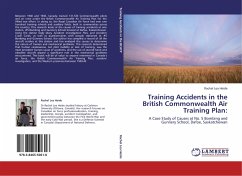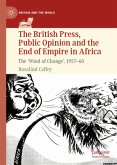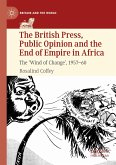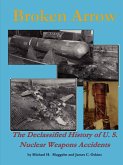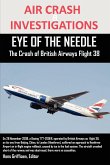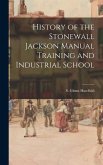Between 1940 and 1945, Canada trained 131,533 Commonwealth pilots and air crew under the British Commonwealth Air Training Plan for the Allied war effort. In doing so, the Royal Canadian Air Force had over one hundred training schools and auxiliary fields, built in communities across the country. This research looks at the causes of training accidents at one station, #5 Bombing and Gunnery School located at Dafoe, Saskatchewan. Using the station Daily Diary, Accident Investigation Files, and Accident Crash Cards, as well as questionnaires with people stationed at #5 Bombing and Gunnery School, the author has compiled a record of all the aircraft crashes at this station and has analyzed the causes to determine the nature of human and mechanical problems. This research determined that human carelessness, not pilot inability or lack of training, was the most prevalent human cause of accidents, and the use of second-hand and obsolete aircraft played a significant role in the mechanical problems encountered. This book will be of value to anyone interested in Canadäs air force, the British Commonwealth Air Training Plan, accident investigation, and the Western provinces between 1939-45
Hinweis: Dieser Artikel kann nur an eine deutsche Lieferadresse ausgeliefert werden.
Hinweis: Dieser Artikel kann nur an eine deutsche Lieferadresse ausgeliefert werden.

